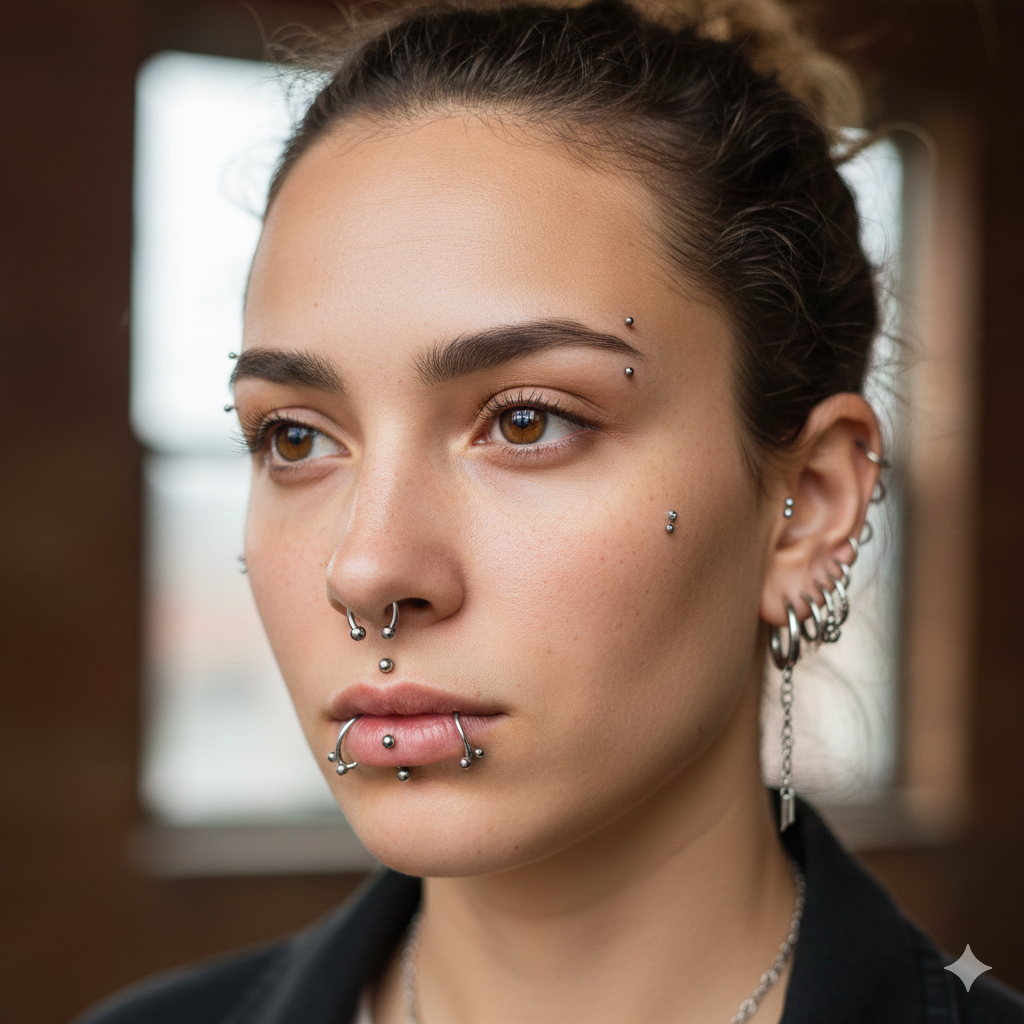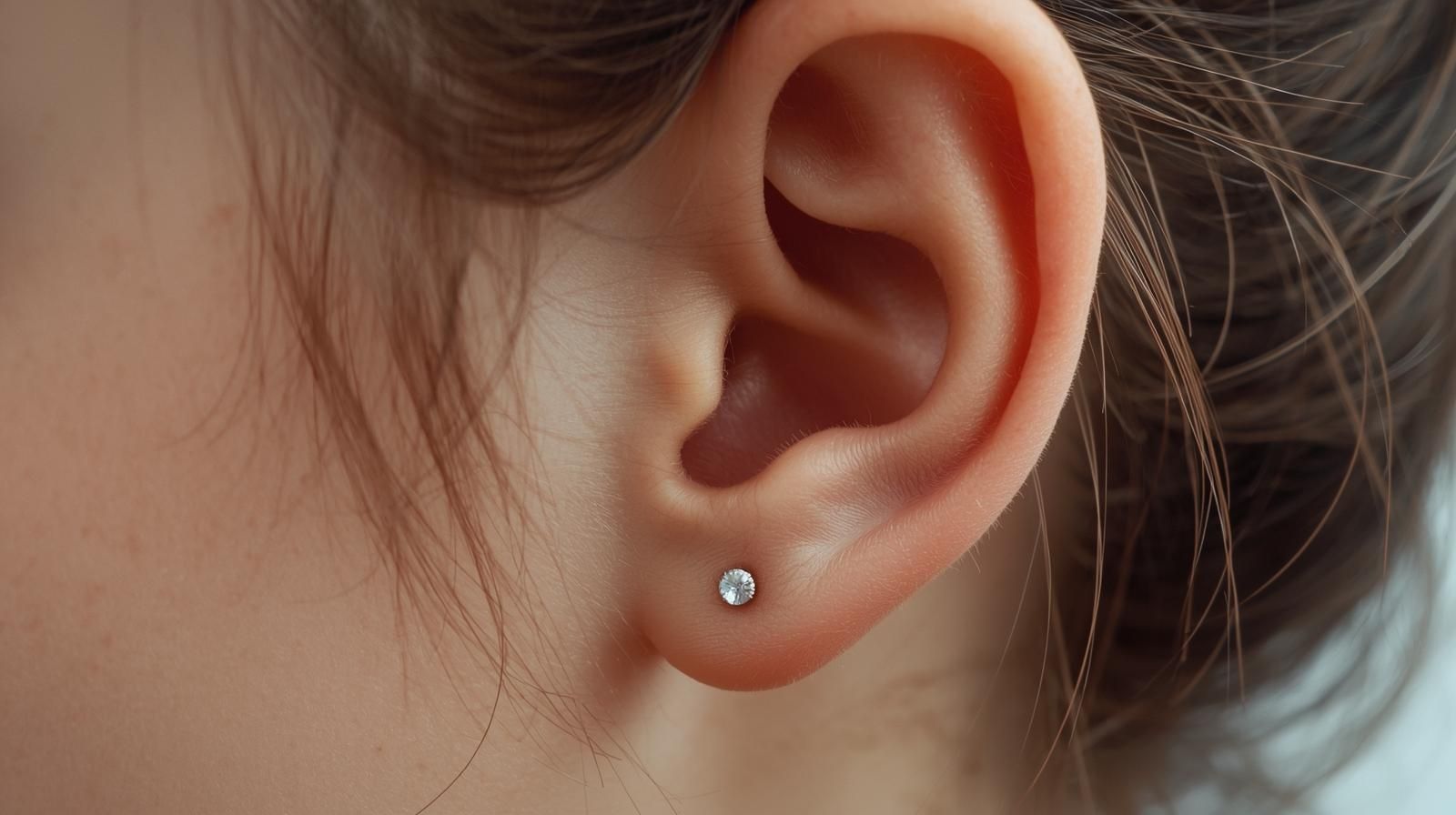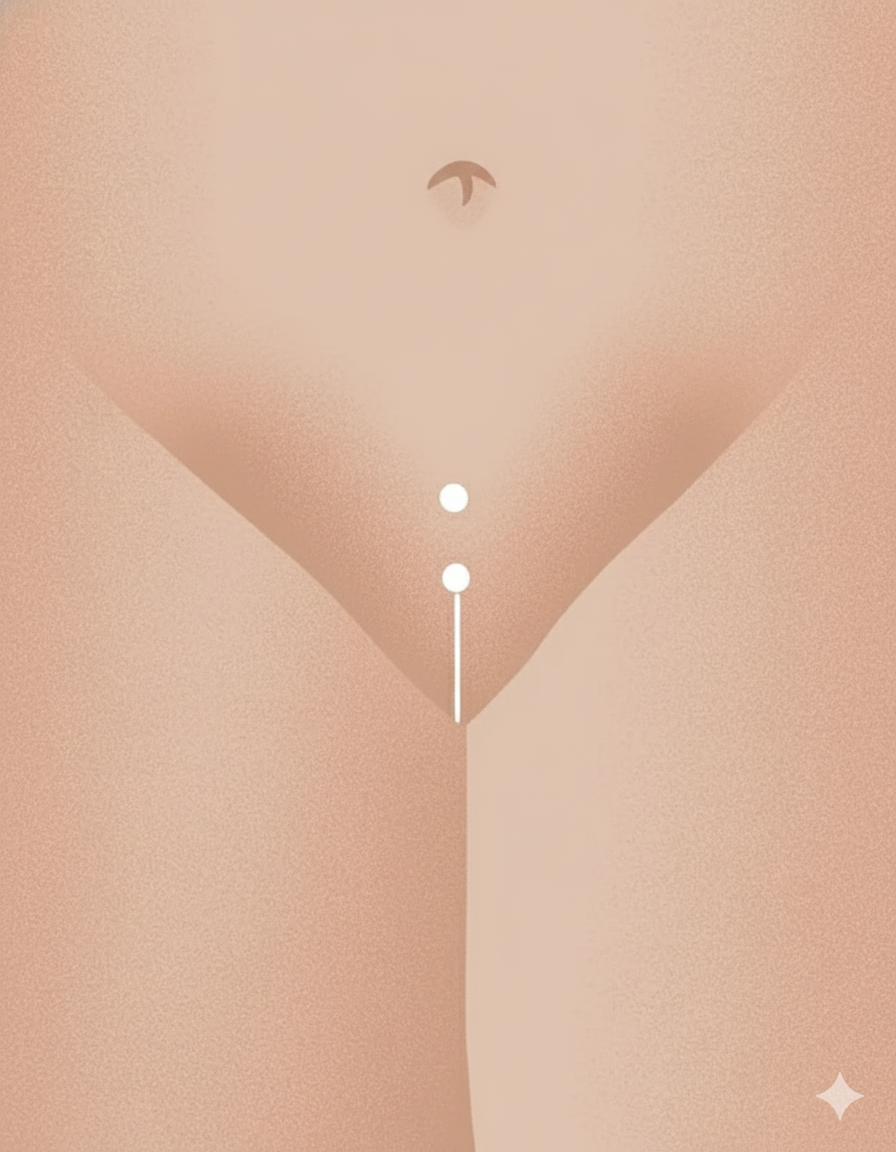Everything You Need To Know About Dermal Implants
Everything You Need to Know About Dermal Implant Piercings
Your complete, no-fluff guide to microdermal (single-point) piercings—process, placements, pros & cons, aftercare, and FAQs—by Impulse BioWorks & Piercing.
Temple Bar • DublinDermal implant piercings, also known as microdermal or single-point piercings, have gained popularity for their unique aesthetic and versatility. Unlike traditional piercings that pass through tissue, dermal implants seat a tiny anchor in the dermis so the jewellery top appears to rest on the skin. At Impulse BioWorks & Piercing in Temple Bar, Dublin, we specialise in precision piercings and body modifications, including dermal implants. This guide covers the process, benefits, risks and aftercare so you can make an informed decision.
What is a Dermal Implant Piercing?
A dermal implant piercing is a body modification where a small metal anchor is embedded in the dermis (the middle layer of skin). A decorative top is then screwed into the anchor’s post, creating the effect of a gem or disc “floating” on the skin. Because it doesn’t require an entry and exit point, a dermal can adorn flat surfaces that traditional piercings cannot—allowing creative patterns across areas like the collarbone or nape.
Professional placement matters. Experienced piercers consider anatomy, skin thickness and lifestyle to choose secure locations that heal well and look balanced.
How Dermal Piercings Differ from Traditional Piercings
Traditional Piercing
Technique: A hollow needle creates a channel through tissue (e.g., earlobe or nostril). Jewellery—typically a stud, hoop, or barbell—passes through the channel and is secured at both ends. These piercings are generally faster to perform and often heal more quickly.
Jewellery: Studs, hoops, or barbells with both ends visible or secured with a backing (e.g., butterfly clasp for lobes).
Dermal Piercing
Technique: A sterile needle or dermal punch creates a precise pocket for a subdermal anchor. This requires fine control of depth and angle to minimise trauma and reduce migration risk.
Jewellery: A flat-based anchor sits under the skin; only the threaded top is visible. Tops are highly customisable (gems, discs, clusters) and can be arranged in patterns for striking designs.
The key difference is precision: dermal work demands deeper anatomical understanding and accurate placement to achieve the signature “floating” look safely.
The Dermal Piercing Process
Preparation
- Consultation: Discuss placement, jewellery, medical history, and expectations. The piercer assesses suitability based on skin type and lifestyle.
- Cleaning: The area is thoroughly cleansed with antiseptic to reduce infection risk.
- Marking: Precise skin marks ensure symmetry and alignment—especially important for multiples.
Creating the Pocket
- Needle Method: A sterile needle gently separates tissue to form the pocket at a controlled depth.
- Dermal Punch Method: A micro-biopsy tool removes a tiny skin sample, offering consistent depth—useful on thicker skin.
Inserting the Anchor & Placing the Top
The flat-based anchor is inserted with forceps so it sits flush beneath the skin. A jewellery top (gem, disc, bead) then threads into the anchor post. Accurate seating reduces migration and improves healing.
Pro tip: Keep initial tops low-profile during healing to reduce snagging on clothing or towels.
Popular Placements for Dermal Piercings
- Face: Cheekbones, near the outer eye area, or temple for subtle sparkle and contour emphasis.
- Chest & Collarbone: Create necklace-like arrangements that highlight the neckline.
- Nape of the Neck: Elegant and discreet—especially with hair up.
- Lower Back: Often on back dimples for an eye-catching accent.
- Hips, Arms & Wrists: Great for asymmetric accents or integrated tattoo compositions.
Benefits and Considerations
Benefits
- Aesthetic appeal: Modern “floating” look that stands out.
- Versatility: Works on many flat surfaces traditional piercings can’t reach.
- Customisation: Mix tops, metals and patterns to suit your style.
Considerations
- Rejection risk: Higher than traditional piercings; careful placement and aftercare help.
- Snagging: Can catch on clothing or hair; choose low-profile tops early on.
- Professional removal: Anchors should be removed by a trained piercer to avoid scarring.
Aftercare Tips for Dermal Piercings
- Clean regularly: Use sterile saline twice daily during initial healing.
- Hands off: Avoid touching or twisting the top to limit irritation and bacteria.
- Be gentle: Take care when dressing, towel-drying, or exercising to prevent knocks.
- Monitor: Watch for redness, swelling, heat, or discharge and contact your piercer if these persist.
- Protect: Use a breathable dressing during high-risk activities to prevent snagging.
FAQs
- How long does it take for a dermal piercing to heal?
- Typically 1–3 months, influenced by placement, skin type, and consistent aftercare.
- Can I change the jewellery top myself?
- It’s safer to have a professional change tops to avoid loosening or damaging the anchor.
- What should I do if my piercing shows signs of rejection?
- Contact your piercer promptly if you see migration or thinning skin. Early action may save the piercing.
- Is the procedure painful?
- Most clients describe a sharp pinch and pressure. Discomfort varies by individual tolerance and placement.
Actionable Checklists
Before Getting a Dermal Piercing
- Choose a reputable, hygienic studio with experienced dermal specialists.
- Book a consultation to confirm placement, jewellery, and suitability.
- Select tops that suit your style and lifestyle (low-profile for healing).
- Ensure you’re in good health to support faster, cleaner healing.
Aftercare Routine
- Clean with sterile saline twice daily until fully healed.
- Avoid touching or twisting; keep hair and fabrics away from the top.
- Wear looser clothing around the area to reduce friction and snagging.
- Watch for persistent redness, swelling, heat, or discharge and seek professional advice if they occur.
Conclusion
Dermal implant piercings offer a distinctive, modern way to express your style. With versatile placement options and customisable tops, they’re a favourite for clients who want something beyond traditional piercings. Success depends on expert placement and diligent aftercare.
At Impulse BioWorks & Piercing in Temple Bar, Dublin, we prioritise precision, hygiene, and a calm client experience. If you’re considering a dermal, our team can help you choose secure placements, sensible jewellery, and a care plan for long-term results.









